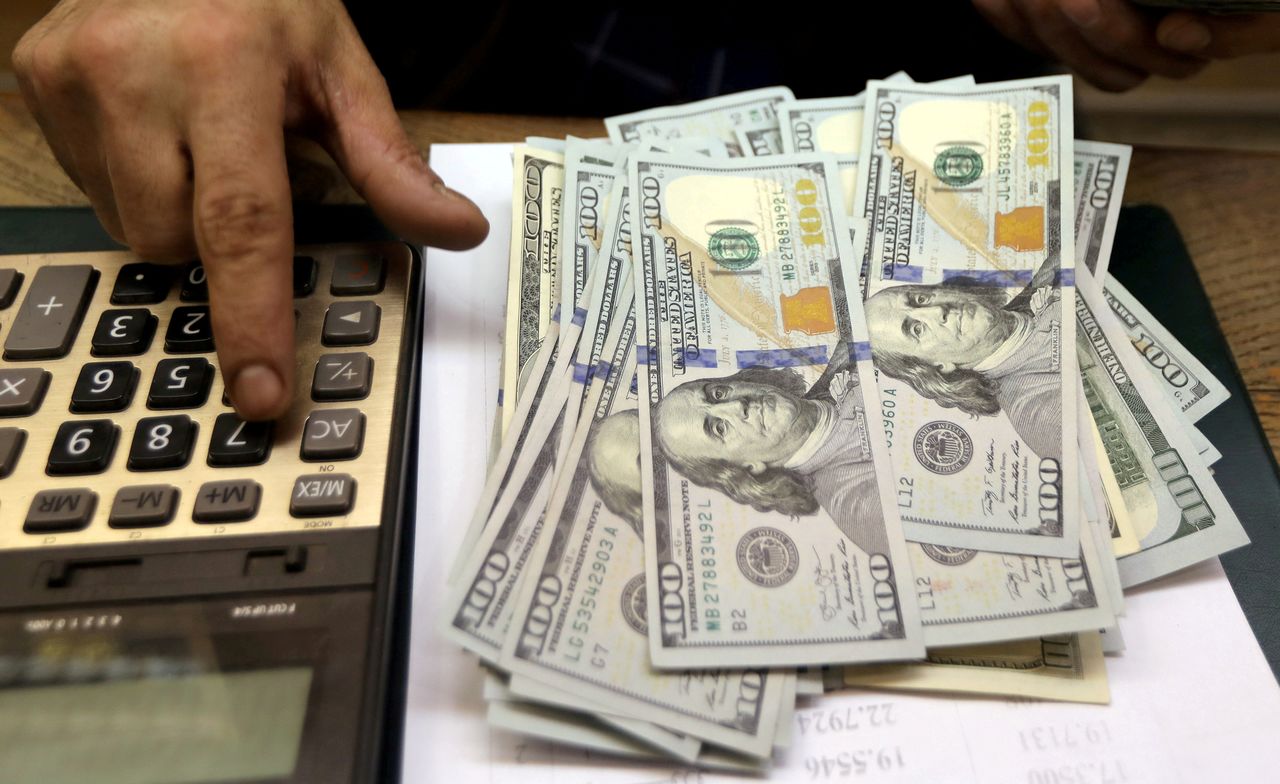Will the US dollar continue its downtrend?
The US dollar has fallen by as much as 6% this quarter against other developed currencies (on the DXY index).

The consequences of a haphazard approach to tariffs by the US Administration get much of the blame for the fall. This may suggest a recovery for the US dollar is in store once the dust settles on the tariff issue. However, there’s another theory which is that the dollar’s slide is all to do with the decline in the US’s yield advantage over others, notably the eurozone and Japan. If that’s the case the US dollar may remain fragile even after tariff uncertainty has cleared.
As well as being tough to forecast, it is also hard to say why currencies have moved after the event. Steven Barrow, Head of Standard Bank G10 Strategy ascribes reasons for certain moves but can never be sure that the culprit he identifies is really responsible. So, while tariff uncertainty, and its adverse impact on the US economy are being blamed for much of the US dollar’s slide at the moment, he is not so sure that this is the case. He thinks the key has been the decline in US bond yields, particularly in inflation-adjusted terms, relative to its peers.
Now clearly, many will argue that the only reason that US yields have fallen relative to the others is because tariff uncertainty has led to the slowdown in US economic activity. And that this in turn has lowered US yields. But Steven Barrow has a couple of issues with this argument.
The first is that, while tariffs are expected to lower growth below what it would have been otherwise, they are also likely to lift inflation. And just as we have seen signs of weaker growth, we have also seen hints of higher inflation. For instance, yesterday’s PMI data showed that prices received by manufacturers’ rose at their fastest pace in over two years in March, while prices paid were at their highest level since August 2022. Notably, we did not see the same things in the price components of the eurozone PMI surveys yesterday.
In short, the data here suggests that the US is seeing tariff-related price pressure, but others are not – at least not yet. In fact, others might not see any significant pressure at all if their governments decide not to retaliate to any new US tariffs from April 2nd.
A second factor is the sharp rise in yields in Europe that results from Germany’s fiscal splurge and the EU’s decision to try to ramp up defence spending across the region.
What do these observations imply about the future, once uncertainty over tariffs has eased? Well, on the first issue of higher inflation in the US, we have to bear in mind that price pressures seem to be building up and yet we’ve not seen all the tariffs yet. Come April 2nd there could be hefty tariffs levied on countries that have big trade surpluses with the US such as Japan. In other words, tariff pressure is likely to rise and that could weigh on real (inflation adjusted) US bond yields even more.
Another point is that Germany’s fiscal splurge and the extra debt issuance by the EU to grant loans for defence spending seems likely to keep yields here relatively elevated, and especially in real terms if tariffs fail to produce higher inflation in Europe. The upshot is that real yields could still remain quite attractive in Europe – and in Japan for that matter – once tariff fixation has ebbed and that, in turn, could keep the US dollar pressurised.
The bottom line is that Steven Barrow believes the US dollar will stay on the backfoot. Of course, bouts of recovery will set in and news around tariffs, such as that due on, or before, April 2nd could easily provoke a modest rise in the US dollar. But he does not believe it will last. Moreover, if the US dollar continues to trade weakly even the prospect of higher US real yields may be insufficient to make external investors opt for treasuries as many will fear that any yield advantage will be offset by US dollar weakness.








